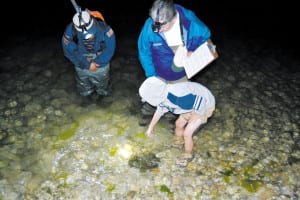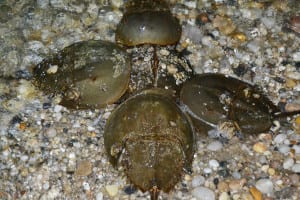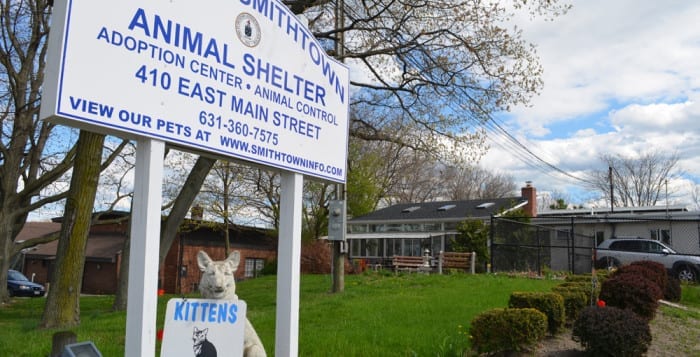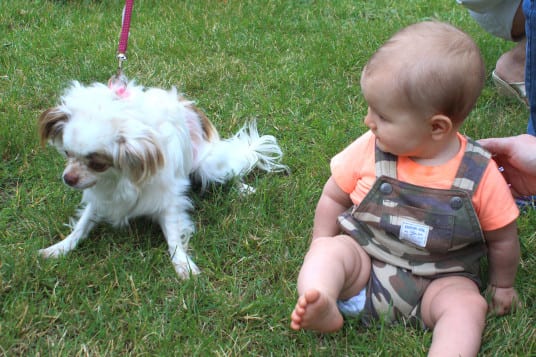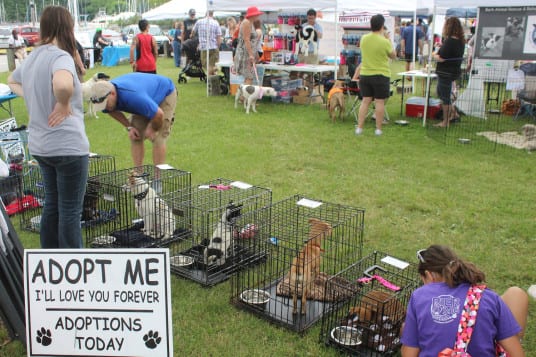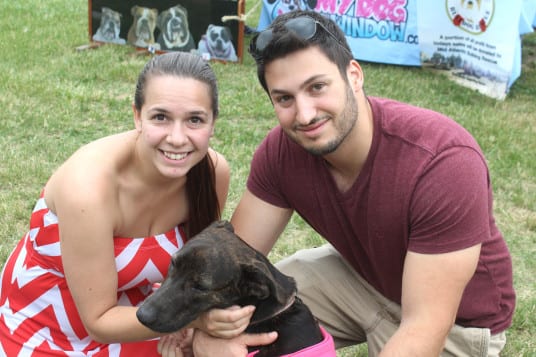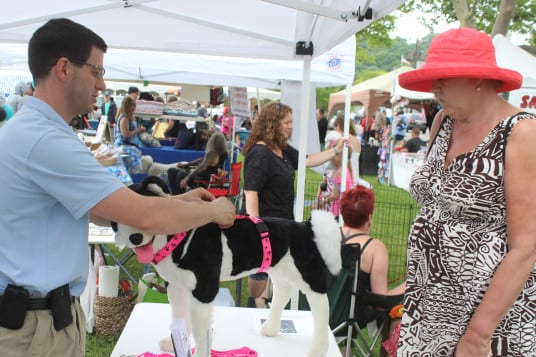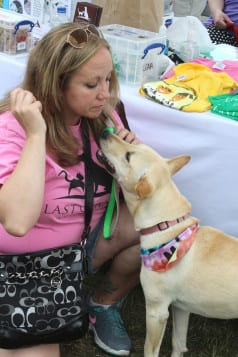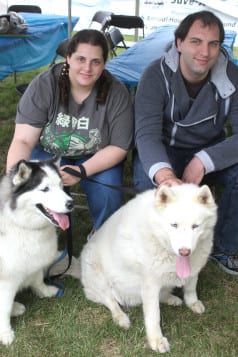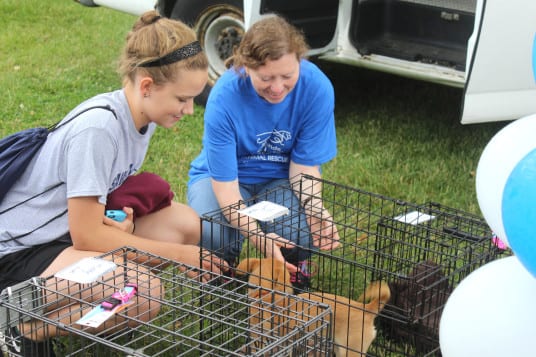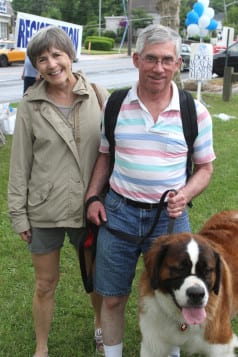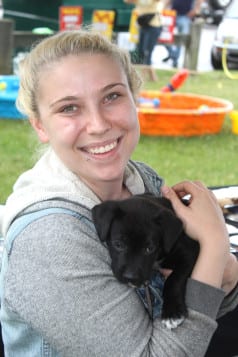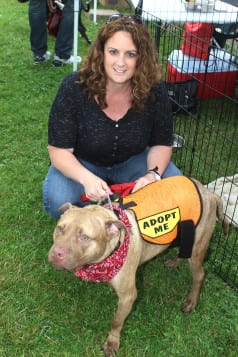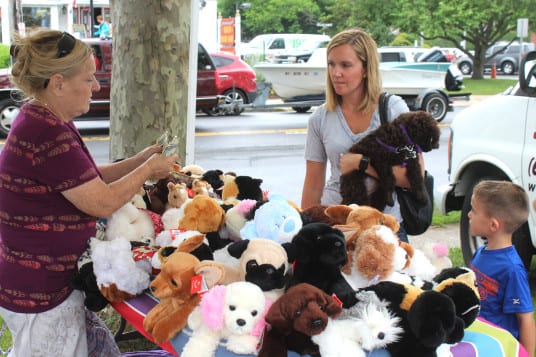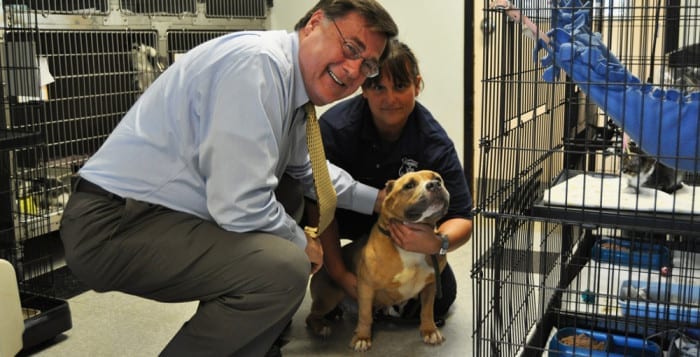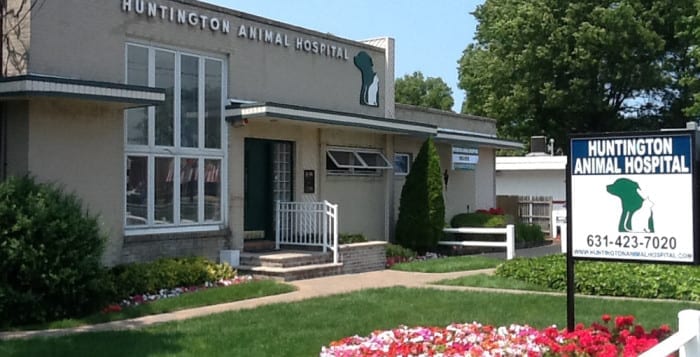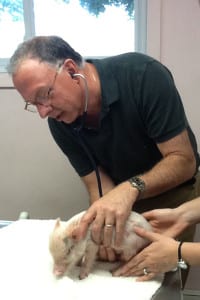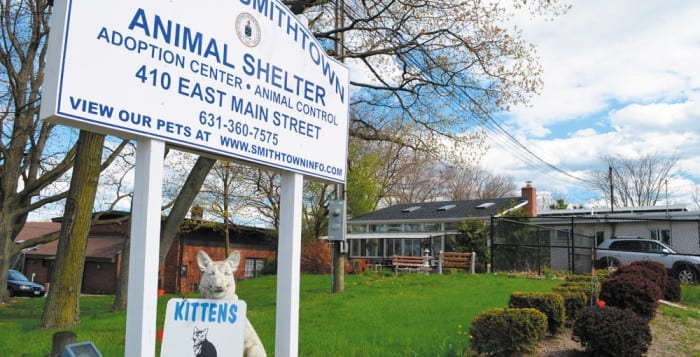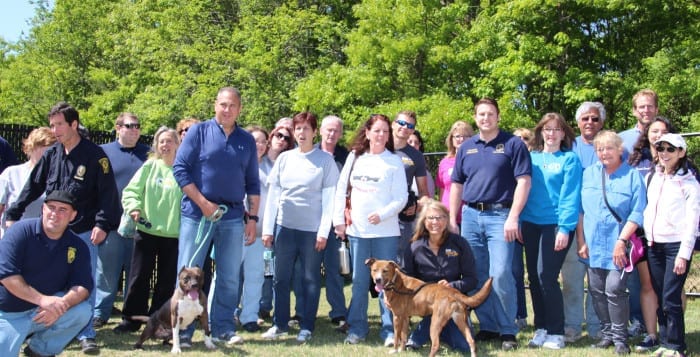By Gerard Frank Schafhautle
Wild dogs, such as wolves, are carnivorous by nature, whereas domesticated dogs have adapted to more omnivorous diets. Therefore, there are plenty of plants that, in moderation, may be consumed by our canine comrades. Some examples include carrots, blueberries, white rice and yes, peanuts. Whether butter in a jar or nuts in a bag, peanuts are generally a safe choice (in moderation) compared to many other plants that we call nuts.
Ironically, peanuts are not actually nuts, but rather legumes, like peas and beans. The true nuts are those from trees, such as walnuts, pecans, hickory, hazelnuts, macadamia, cashew, Brazilian nuts, Cocoa (Chocolate), and acorns. Before venturing into the harmful effects of tree nuts, allow me to explain an oddity in the nut family that was not mentioned — almonds.
Almonds come in two varieties: sweet and bitter. Bitter almonds are more related to the fruit tree family of peaches and apricots. If you were to crack open the pit of an apricot or peach, you will see one or two seeds that look suspiciously like almonds. Bitter almonds and the center of a fruit pit all contain a cyanide-related chemical called benzaldehyde as well as other harmful chemicals, which are capable of symptoms ranging from lethargy to fatality. So be careful of bitter almonds and pets, as well as letting them chew on a fruit pit.
Nuts from trees can be contaminated with a mold type fungus called Aspergillus. This type of mold fungus secretes a type of poison called aflatoxins. Aflatoxins can cause damage to the liver and potentially lead to cirrhosis (scarring), or carcinoma (cancer). Best not let your fluffy family members eat any fallen tree nuts.
Although chocolate tastes great, cocoa products contain theobromine, which is deadly to your pets in even small amounts. Theobromine is found in all forms of chocolate and cocoa butters, in increasing concentrations from white chocolate (the least) to dark chocolate (the greatest). Theobromine is a stimulant that could lead to irregular heart rhythms and seizures. Both could be fatal.
Nuts of the arboreal nature may contain one other toxic substance harmful to your pets. Walnuts, American black and English, amongst other species, are formed under a thick leather skinned exterior. The space between the nut’s shell and this protective barrier is filled with a soft black resin full of tannins. Tannins are substances that act as astringents which bind proteins and amino acids in the body. The effect is rapid onset vomiting and diarrhea, followed by life threatening and sometimes fatal kidney and liver damage.
Peanuts. Finally we come around to the safe “nut” — well , almost. Peanuts are high in fats, which can clog up the liver and pancreas, which can lead to pancreatitis, inflammation of the pancreas and/or hepatitis, inflammation of the liver. These issues are easily treated by your veterinarian by switching your dog to a bland, low-fat diet and halting the “treating” of peanut butter in a hollow bone toy. Chemicals originating from tree nut consumption are much more difficult to treat, and may require special attention by the animal poison control hotline or an emergency veterinary clinic or hospital.
Benjamin Franklin once said, “an ounce of prevention is worth a pound of cure.” Do not allow your dog access to any human-edible tree nuts. Keep your veterinarian’s office phone number, as well as the closest after-hours veterinary emergency clinic and animal poison control hotline, in a spot that is accessible to all family members. Finally, if you feel the need to treat your pet with a few peanuts or some peanut butter, do so in careful moderation. Be safe, be wise, and be informed.
Gerard Frank Schafhautle has worked for Dr. Matthew Kearns at Countryside Animal Hospital in Port Jefferson for 6 years. He has a certification in Animal Science and will be attending Stony Brook University this fall, working toward an undergraduate degree in Biology.

